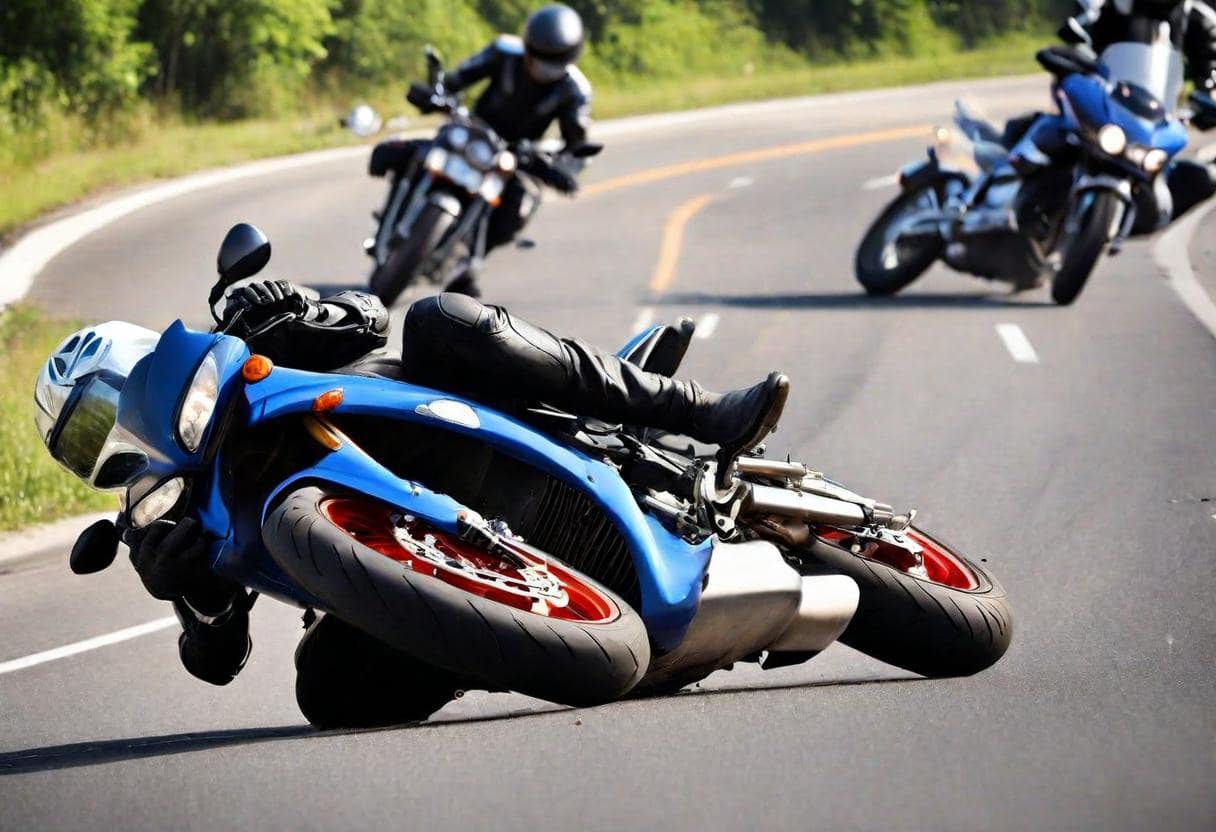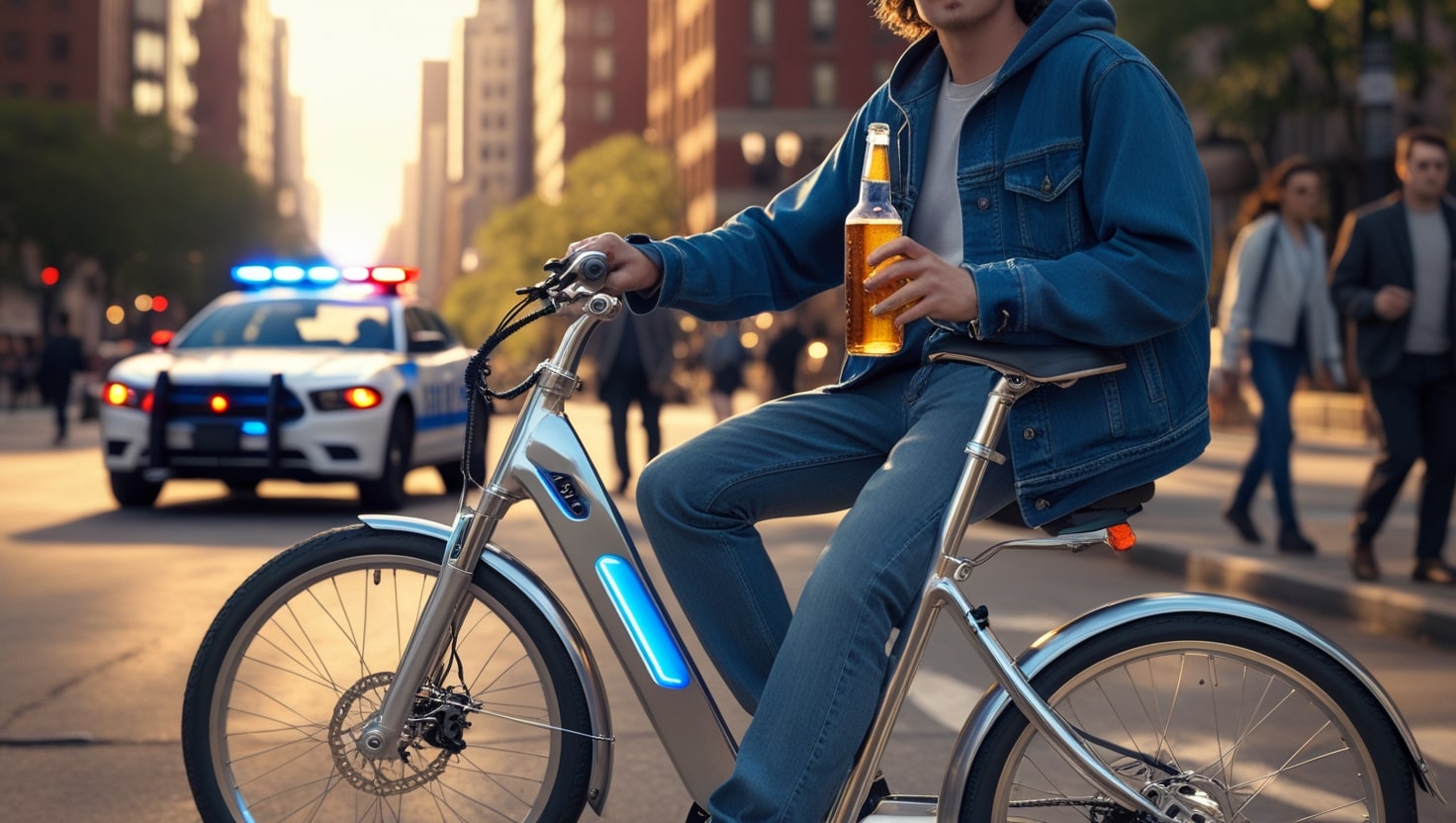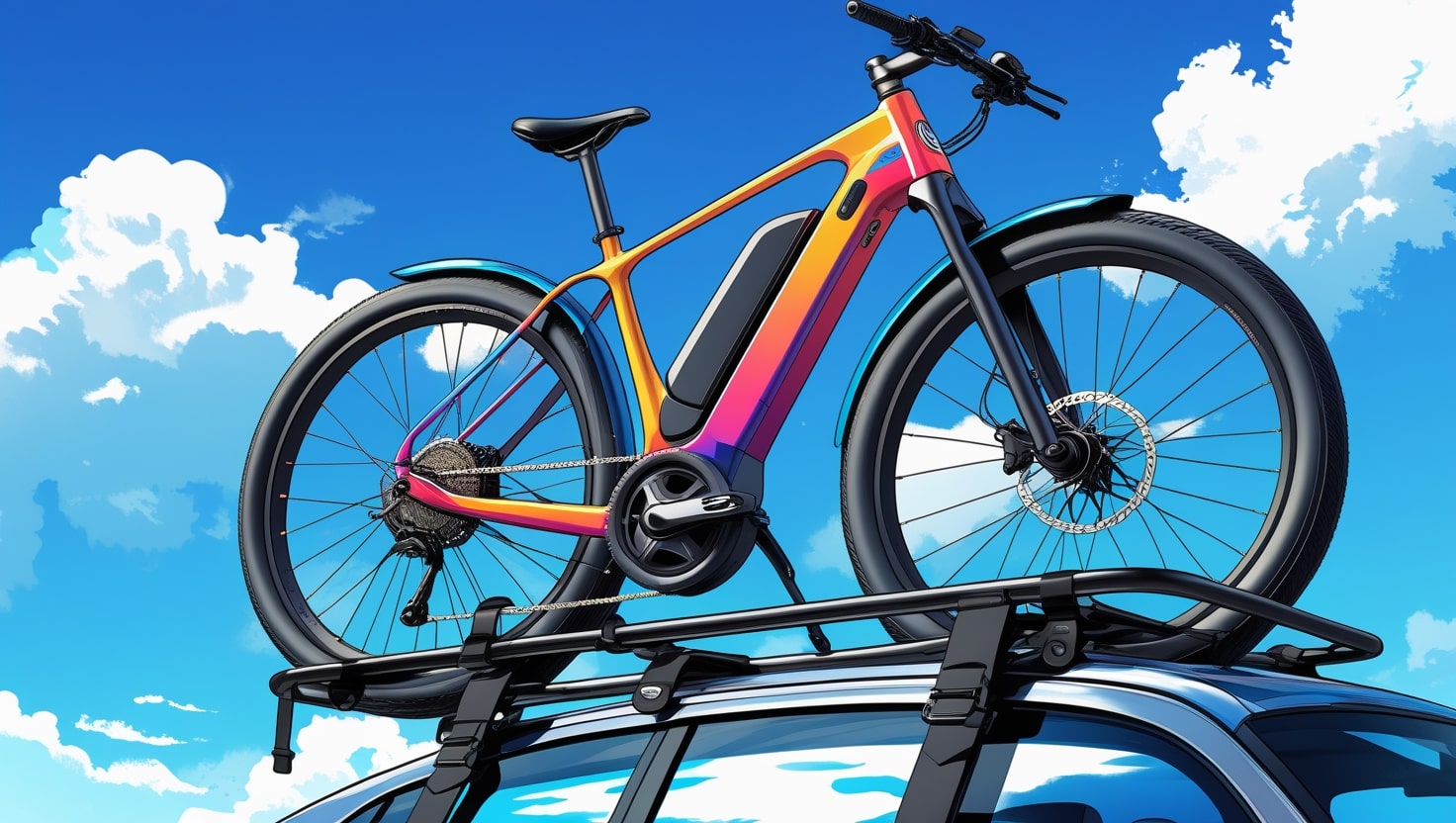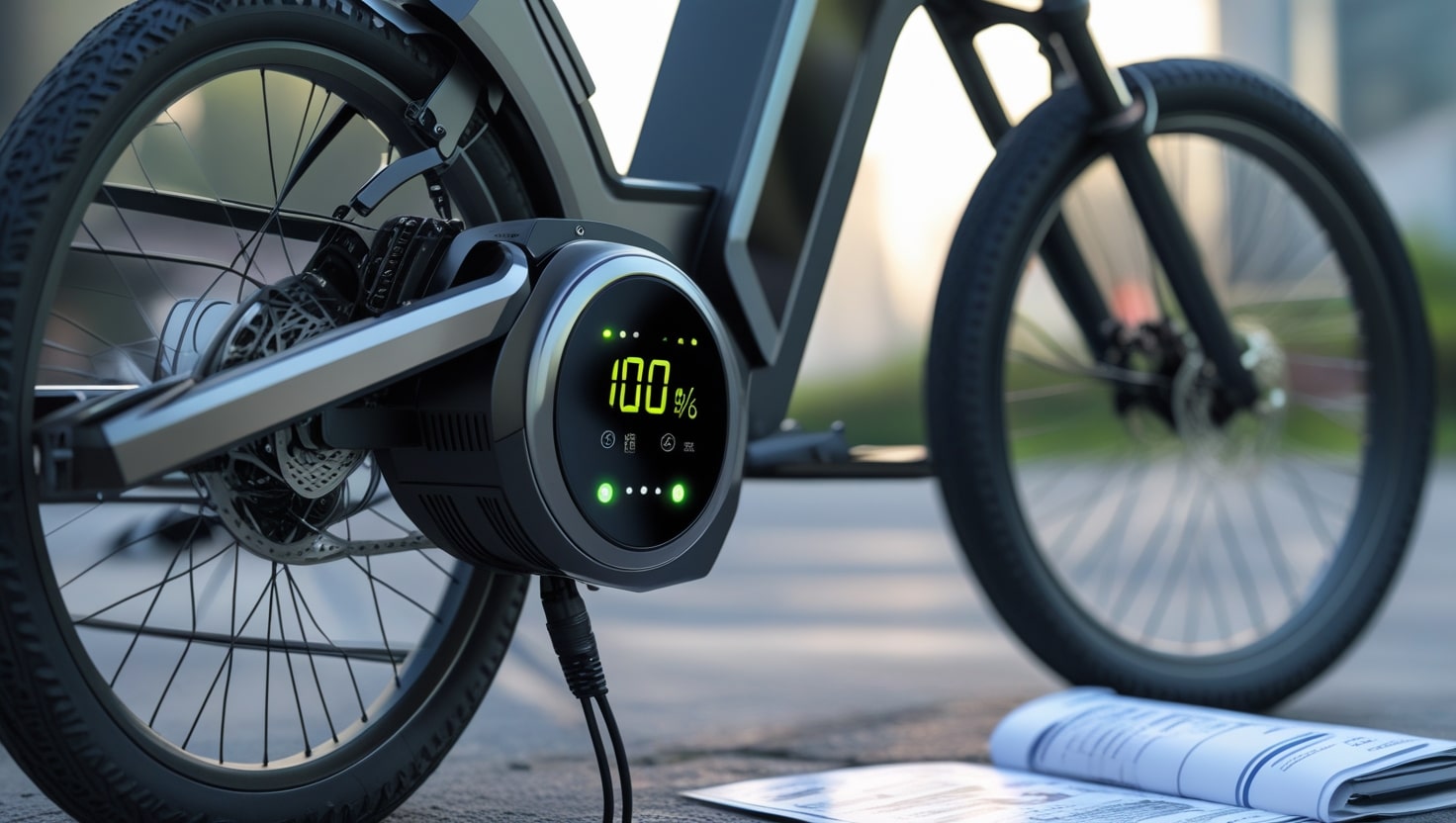Introduction
Riding a motorcycle offers an unparalleled sense of freedom and excitement. However, the reality is that there’s a high likelihood of facing unfortunate incidents. For riders, it’s often not a matter of if, but when they’ll have to lay their bike down. In many cases, the rider isn’t even the at-fault party. When an accident does occur, it’s more than likely to result in serious injury or even fatality.
Understanding the Risks
Despite making up just 3% of vehicles on the road, motorcycles account for 10% of all traffic fatalities. This makes riding an inherently risky business. By addressing the question of How Do Many Motorcycle Crashes Happen, riders can take proper precautions to control what’s within their power. The time spent understanding these risks can be crucial in preventing a tragic accident.
1. Intersections (Left-Hand Turns)
Most motorcycle accidents occur at intersections, making these places particularly dangerous for motorcyclists. According to the National Highway Traffic Administration (HTSA), anywhere between 35-45% of all motorcycle crashes happen when a driver from the opposite direction crosses into the rider’s path during a left-hand turn. In these situations, the oncoming traffic often results in the motorcyclist being struck head-on by a car that has turned in front of them.
The reasons for these common accidents include the driver failing to see the smaller motorcycle, misjudging the rider’s speed and proximity, or being distracted or under the influence. These types of incidents happen frequently with cars as well, but they are not as dangerous for the motorists involved due to the physics of the situation.
For motorcyclists, understanding these risks and why accidents occur can help them take steps to stay safe. Recognizing the dangers at intersections and being aware of drivers who may not see them or who might misjudge their speed can make a significant difference. Riding defensively and anticipating potential hazards can provide motorcyclists with better chances of avoiding accidents.
What Can You Do To Avoid the Left-Hand Turn Problem?
When approaching an intersection, it’s crucial to stay vigilant and watch for potential road hazards. Assume that the driver of the passenger vehicle may not see you. If possible, make eye contact with them. Drive defensively and anticipate the unexpected. Never try to pass or overtake a car as you reach or cross the intersection, especially if lane switching is involved.
Knowing that left-hand turns are dangerous for both the person turning and the driver passing straight through, here’s how to make them safely. Yield the right of way to oncoming traffic, and signal for the turn at least 150 feet before reaching the intersection. Stay alert for pedestrians, bikes, and other motorcycles. Avoid cutting corners, and give yourself enough time to make the turn without forcing the oncoming driver to slow down.

2. Lane Splitting
Lane splitting happens when a motorcycle rides between two lanes of stopped or slowly-moving vehicles. This often occurs at a light or during traffic congestion. Lane splitting is against the law in all states except California.
This is because stuck cars may not expect or see the oncoming motorcycle. As a result, a motor vehicle driver might try to switch lanes or reposition their vehicle closer to the line, which can suddenly block the path of the fast-traveling motorcycle.
When lane splitting, a motorcycle is at risk as other vehicles may not see it coming. The driver of a car might make a sudden switch in lanes or just move closer to the line, leading to an unexpected block of the motorcycle’s path. This makes lane splitting particularly dangerous in traffic congestion and at a light, increasing the chances of an accident.
What Can You Do About Lane Splitting?
If you are in any state besides California, simply avoid lane splitting. It’s dangerous and can lead to a costly fine or even an accident. However, if you find yourself in California, be careful and consider these tips.
First, account for the environment, including the width of lanes, the size of surrounding vehicles, and weather and road conditions. Slow down to a reasonable speed if traffic has come to a halt, as danger increases with higher speed differentials. Never ride on the shoulder and always remember the driver’s blind spots. It’s also helpful to rev your engine as you move through traffic to alert motorists.

3. Lane Switching
A common theme in motorcycle accidents is that they are often caused by a car driver who doesn’t see the smaller, faster bike. This problem is made worse because many drivers don’t expect or look for a motorcycle since they only account for a small percentage of motor vehicles on the road.
A major cause of these motor vehicle accidents occurs when a driver attempts to switch lanes without realizing there is a motorcyclist in their blind spot. This can result in the car merging and either running into the motorcycle or causing the rider to swerve or lay down their bike.
How to Prepare for Lane Switching
Although the issue of other drivers merging into your occupied lane is often out of your control, there are steps you can take to mitigate the chances of an accident. For starters, always pay attention to the driver’s blind spots. If you can’t see the driver’s face in their mirror, they likely can’t see you. The larger the vehicle, the bigger the blind spot, so be extra cautious when passing or riding next to semi-trucks, SUVs, vans, and pickups.
Also, stay on the lookout for signs of an impending lane change. These can include turn signals, wheels turning, a driver checking their mirrors and looking over their shoulder, or the vehicle drifting towards your lane. By being aware and proactive, you can significantly reduce the risk of collisions during lane switching.
4. Speeding
Excessive speed is a factor in many motorcycle accidents.
According to NHTSA, 34% of all riders involved in fatal crashes in 2020 were linked to speed. A crash is categorized as such if the motorcycle driver was charged with a speeding-related offense or if an investigating police officer indicated that racing, driving too fast for conditions, or Driving over the posted speed limit contributed to the accident.
While all motorcycles can be fast and nimble, high-performance sport bikes like Ducati and Ninja are disproportionately involved in fatal crashes. In fact, accidents with super-sport motorcycles result in fatalities at a 400% higher rate than those involving conventional cruisers.
Tips for Driving Safely
Many drivers don’t expect motorcyclists on the road, which leads to trouble seeing them and challenging situations to judge their speed. This issue becomes even greater when a motorcyclist drives at speeds that exceed the legal speed limit. To avoid motorcycle accidents, your safest bet is to keep your speed as close to the legal limit as possible.
The higher your speed, and the greater the speed disparity between you and the flow of traffic, or if you encounter an unexpected obstacle, the more likely a fatal motorcycle accident will occur. By maintaining a reasonable speed, you reduce the risk of accidents and improve your chances of staying safe on the road.
5. Drugs and Alcohol

According to NHTSA, 43 percent of all fatal motorcycle crashes involve alcohol. Driving under the influence is both illegal and frowned upon because it’s dangerous for the motorcycle driver and everyone else on the road. Drugs and alcohol can impair a motorist’s judgment, reflexes, and driving behavior.
Since motorcycles require greater skill, attention, and coordination to operate than a regular car, the impacts of inebriation on handling are even greater. Riding a motorcycle under the influence is not only reckless but also puts the rider and others at significant risk.
How to Avoid Substance-Related Accidents
The best advice to avoid crashes is to never drink and drive or operate a motorcycle under the influence. If you’ve been drinking, call a friend or family member, or arrange a ride.. The risks of inebriated driving are too great to be ignored.
6. Lack of Experience and Licensing
Super-sport bikes, in particular, are both powerful and delicate machines. Many accidents are caused by inexperienced riders who lack proper training. These riders may accelerate aggressively, take a corner too sharply, or brake improperly. To avoid a collision or motorcycle crash, sometimes a split-second readjustment is needed, but mastering maneuvers like this takes time, practice, and a good feel for the bike.
The NHTSA estimates that nearly one in three operators killed in a crash are either not licensed or improperly licensed. While licensing doesn’t guarantee that a person is capable of operating the motorcycle in all conditions, it at least ensures that the rider has some baseline knowledge and skills needed to drive safely.
In my experience, new riders should focus on getting the right training and experience before riding powerful machines like super-sport bikes. Taking the time to learn and practice can make a huge difference in handling the bike and avoiding dangerous situations on the road.
Practice Makes Perfect
Never get on the road without being properly licensed. If an accident happens while you are unlicensed, even if you’re not at-fault, you could be legally liable. Spend time learning how to handle and maneuver your bike in a safe area first. It’s best to have an experienced rider act as your teacher and guide.
Once you’ve put in the necessary hours and feel comfortable, you can take your bike on roads and eventually on highways. Always wear proper safety gear including a helmet, eye protection, over-the-ankle footwear with non-slip soles, long pants, a high-quality jacket, and full-fingered gloves to ensure maximum safety.
Support When Accidents Strike
Riding a motorcycle involves more risk compared to other forms of transport. However, by knowing the common causes of accidents, you can stay alert and take proper precautions to reduce the likelihood of a fatal crash occurring. If you find yourself in a crash and are wondering about the lawsuit, how long it might take, or what the average payout is, Mighty can help.
Mighty offers a list of trusted Motorcycle Accident Attorneys who provide the legal support and representation you need after an accident. Head over to Mighty’s Motorcycle Accident Attorney Directory to find a reliable attorney in your area today.
FAQs
Do 80% of motorcycle accidents result in death?
Motorcycle accidents are highly dangerous, with 80% resulting in death or serious injury. Motorcycles make up only a small percentage of vehicles on the road but account for a significant number of fatalities. Riders must be alert and take precautions to reduce the risk of a fatal crash. Proper training, wearing safety gear, and obeying traffic laws can help minimize the dangers. By understanding the common causes of accidents and practicing safe riding, motorcyclists can improve their chances of staying safe.
What is the death rate for motorcyclists?
The death rate for motorcyclists is alarmingly high. Motorcycles account for only 3% of all registered vehicles, but motorcyclists are 27 times more likely to die in a crash than car occupants. Factors include lack of protection, high speed, and visibility issues. Riders should always wear helmets and other protective gear, follow traffic laws, and stay alert to reduce their risk. By understanding these dangers, motorcyclists can take steps to improve their safety on the road.
At what speed do most motorcycle accidents happen?
Most motorcycle accidents occur at speeds below 30 mph. At these speeds, riders often encounter obstacles or sudden stops that lead to crashes. Even at low speeds, motorcyclists can suffer serious injuries due to lack of protection
Are motorcycle crashes inevitable?
While motorcycle crashes are common, they are not inevitable. Many accidents can be prevented with proper training, awareness, and safety measures. Riders should always wear helmets and protective gear, follow traffic laws, and stay alert








